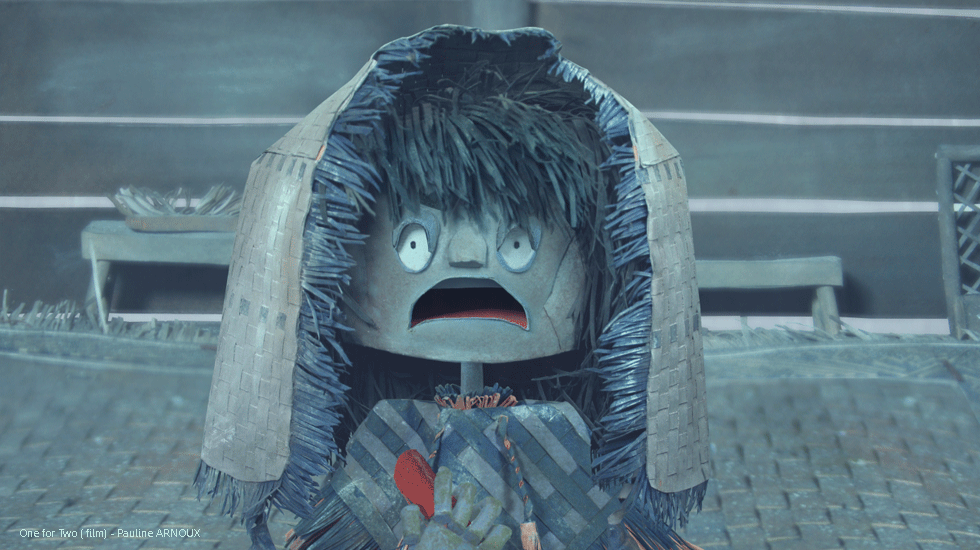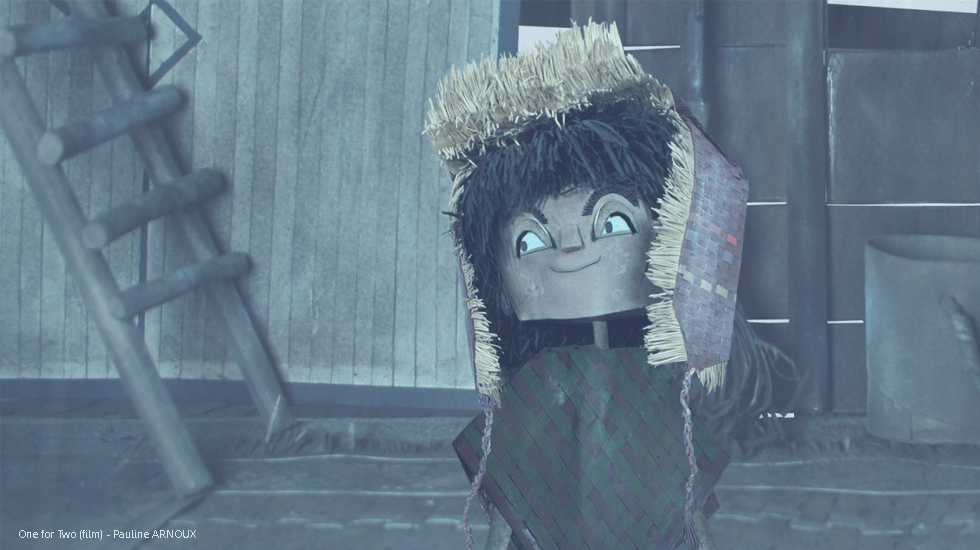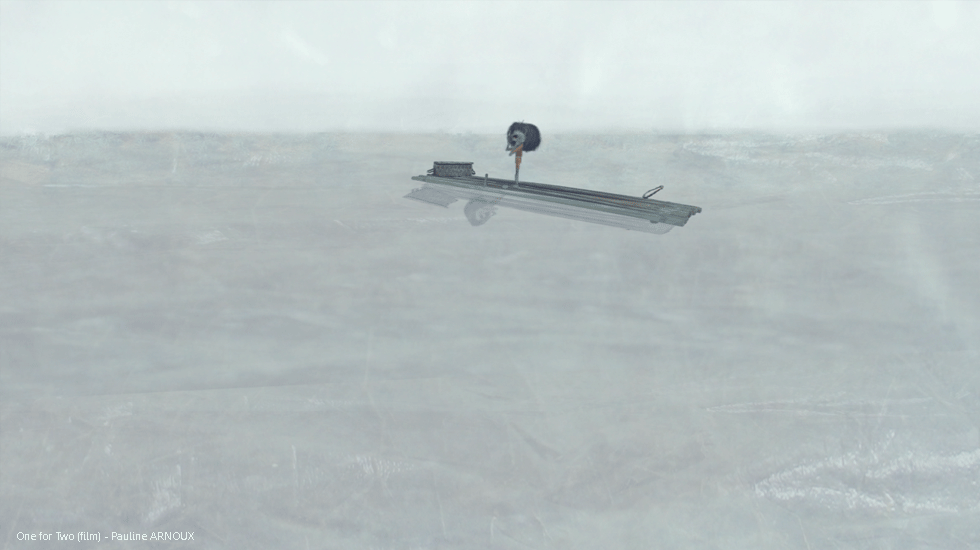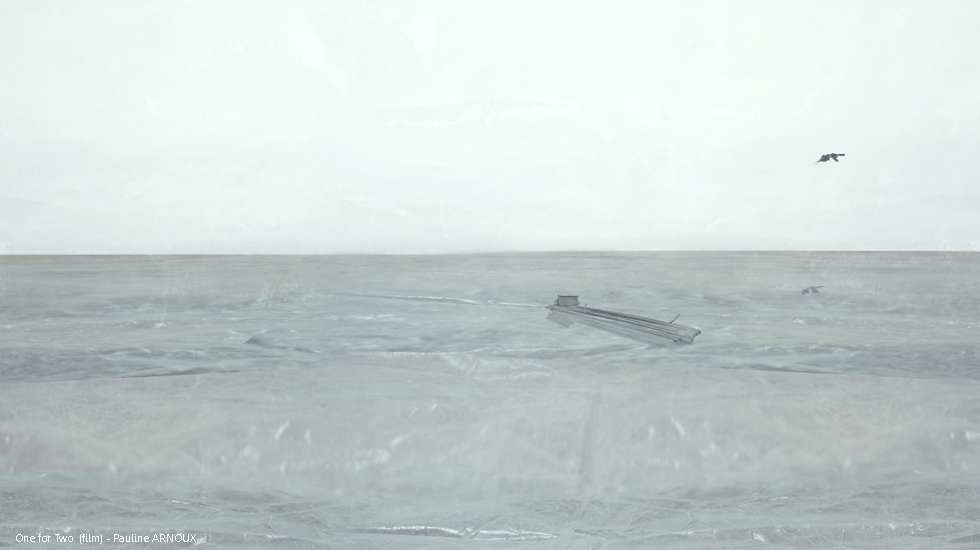
Diploma










Pictures of the short film “One for Two” (2013):
“One for Two”, is a short four minute film. The production time of this film was very limited, therefore it could not be produced in stop motion. The elements of the movie were photographed separately and the animation was produced by After Effects.
Synopsis: The tale tells the story of two brothers who have to go fishing to feed themselves in order to survive. When the eldest son of both brothers, Gyurmey, catches a beautiful fish, he always cuts off the head of the fish and gives the body to his younger brother, Jugyal. The latter, not understanding this symbolic gesture, is persuaded that if his brother keeps the head of the fish it is just because it is the best part. A feeling of deep jealousy starts to brew. During a fishing trip with his older brother, Gyurmey as proudly walks towards Jugyal with a big fish, Yugyal, full of hatred, pushes him into the water and runs away with the catch, allowing the waves to take his brother. Back home, Yugyal, in his turn, is now able to savour this head, which he considers as a delicious dish. Suddenly he realizes his terrible error. His older brother, loved him so much that he had sacrificed himself during every meal by keeping the head for himself. This small head, so hard, and on which there is only a cartilage to be eaten. Yugyal, moved by this discovery, rushes to the sea to find his lost brother, but in vain because Gyurmey has been swept away by the sea. Not forgiving himself for his callous act, Yugyal roams over the waters for days, nights, months, years...The legend, such as it would seem, is that his soul changed into a magnificent weeping bird, which would fly over the sea, tiressly calling for his lost brother.
Models of the short film “One for Two” (2013):
“One for Two”, is the short film I produced during my last year at my school, Emile Cohl. We had to choose a text of our choice. I opted for a Tibetan tale, “The Weeping Bird”, which I found both very moving and very sad. I made this movie by using cut paper and pastels because it is a technique which corresponds well to the variants of Tibetan fabrics and colors. I tried to obtain a realistic effect by using materials such as dyed paper and wood, covered with pastel. I also made reference to a very reliable documentation in order to immerse myself into the culture of this magnificent country.
All the videos, the pictures, the photos and the current projects of this short film on this site, are subject to copyright regulations according to intellectual property laws. Any use, even partial, is formally forbidden without my agreement. For further information, please contact me...













